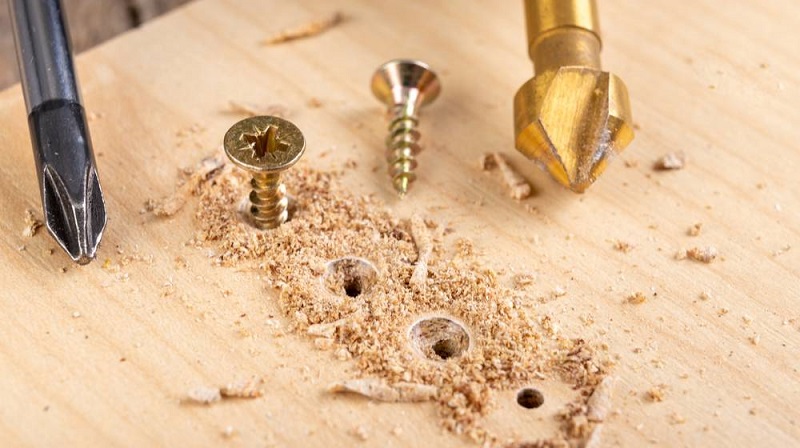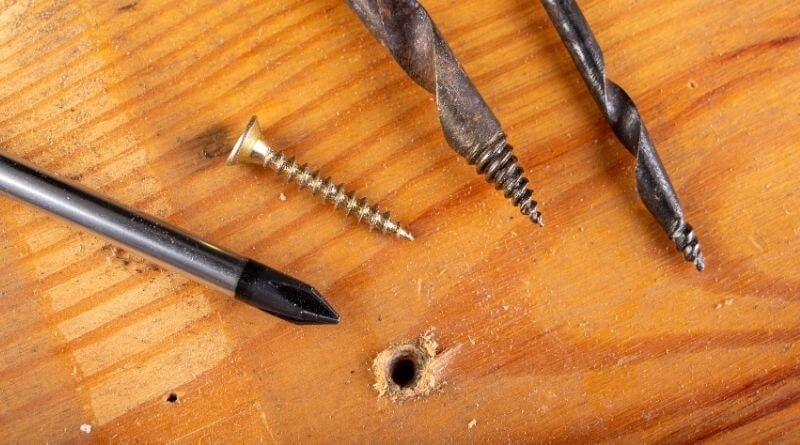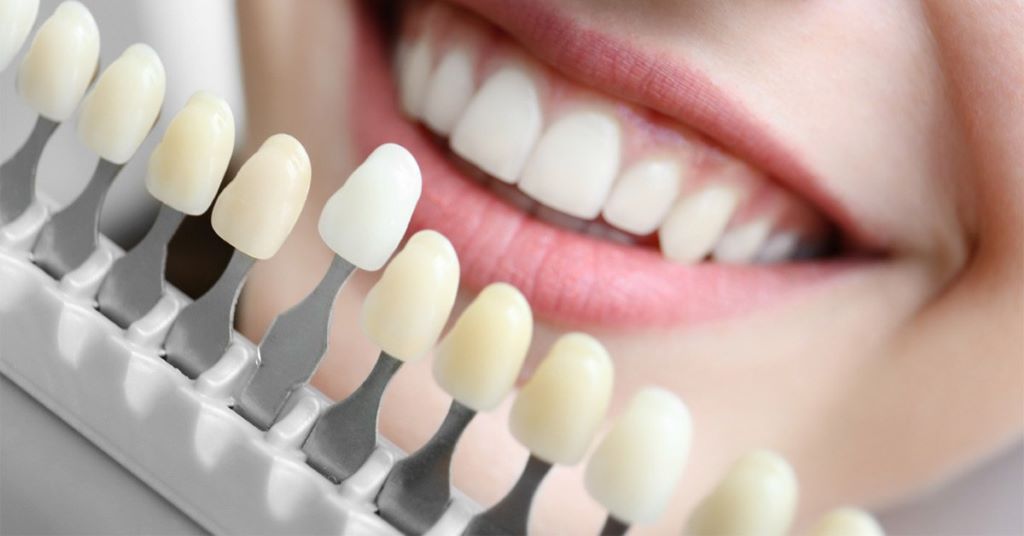So, you’re knee-deep in a home improvement project, and you encounter the dreaded stripped screw hole. Panic not! We’re about to explore the fascinating world of adhesives, seeking the perfect glue to mend that unruly hole and salvage your DIY dreams.
1. The Stripped Screw Dilemma: How Did We Get Here?
Before we dive into the realm of glues, let’s unravel the mystery of stripped screw holes. Over-enthusiastic tightening, wear and tear, or the passage of time can render once-sturdy holes ineffective. Now, armed with this knowledge, let’s set out to fix it.
2. The Epoxy Resurrection: A Heavy-Duty Contender
Enter epoxy, the superhero of adhesives. Epoxy is a two-part adhesive that, when combined, creates a powerful bond. It’s particularly adept at filling voids and creating a durable connection. Choose a slow-setting epoxy for ample working time.
3. Wood Filler: Nature’s Touch-Up Artist
For stripped holes in wooden surfaces, wood filler steps into the spotlight. This versatile substance, often composed of sawdust and adhesive, seamlessly blends with the surrounding wood. Once dry, you can sand and paint over it for a flawless finish.
4. Toothpicks and Glue: The MacGyver Method
Sometimes, simplicity reigns supreme. Inserting toothpicks or wooden matchsticks coated in glue into the stripped hole can work wonders. As the glue dries, it binds with the toothpicks, creating a secure foundation for your screw.
5. The Beauty of Titebond: Woodworking’s Ally
Titebond, a popular woodworking glue, deserves a mention. Specially formulated for wood, it provides a strong bond while allowing for flexibility. Apply it generously to the stripped hole and let it dry for a reliable fix.
Frequently Asked Questions (FAQs):
Q: Can I use regular super glue for a stripped screw hole?
A: While super glue is quick-drying and versatile, it might not offer the durability needed for a stripped hole. Opt for epoxy or wood filler for a more robust solution.
Q: How long does epoxy take to cure in a stripped screw hole?
A: The curing time varies, but most epoxies require at least 24 hours to achieve maximum strength. Follow the manufacturer’s instructions for precise timing.
Q: Will wood filler work on painted surfaces?
A: Yes, wood filler is paintable. Once it’s dry, sand it down, apply primer if needed, and paint over it to match the surrounding surface.
Q: Can I use Titebond on metal surfaces?
A: Titebond is designed for wood-to-wood bonding. For metal surfaces, consider epoxy or a specialized metal bonding adhesive.
Q: Is it necessary to wait for the glue to fully dry before reinserting the screw?
A: Patience is key. Allow the glue to fully cure before attempting to reinsert the screw for a lasting fix.
Conclusion: Mending the Broken Connection
As you embark on the mission to revive that stripped screw hole, remember that the right glue is your trusty sidekick. Whether you opt for the strength of epoxy, the natural charm of wood filler, or the ingenuity of toothpicks and glue, each method has its own magic. With a touch of DIY finesse, you’ll soon marvel at the restored integrity of your once-ailing project.




